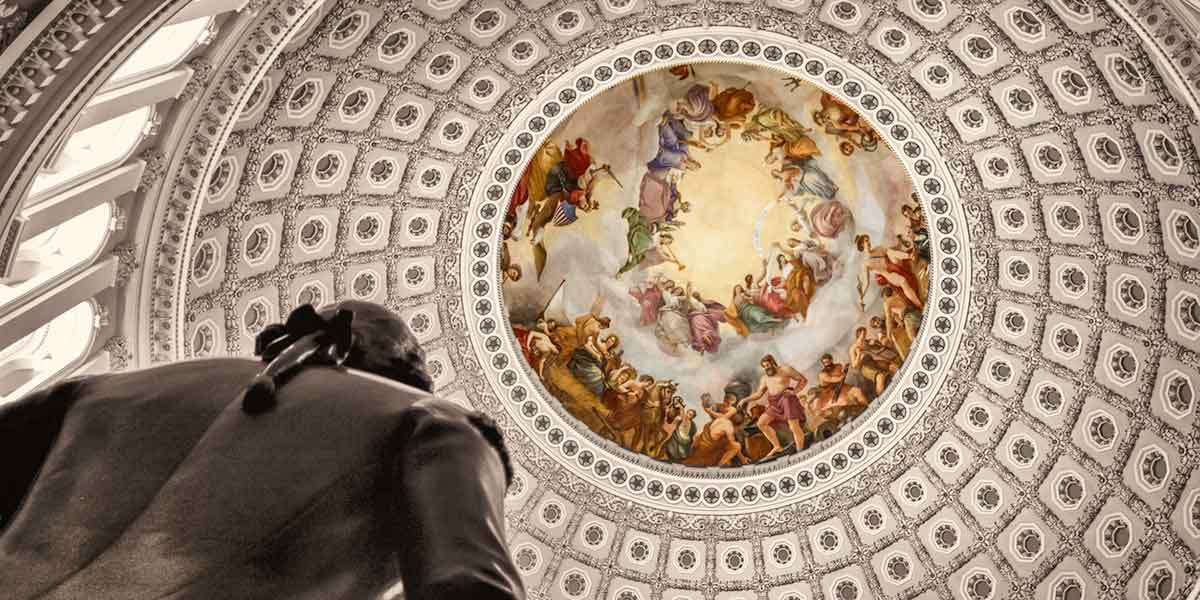U.S. Government

The government of the United States is one of the biggest in the world—over four million people work for the government! The U.S. government is responsible for things like handling taxes, maintaining roads and bridges, regulating the economy, and more. With how big it is, and with how much it's responsible for, it can be hard to wrap your head around how the whole thing works. Luckily Fact Monster has your back. Read on to learn more about the different parts of the government and what they do.
The Legislative Branch
The legislative branch is the part of the government that creates new laws or changes old ones. We usually think of Congress as the legislative branch, but it also covers some government agencies as well. Learn more about how laws get made, and about who is serving in the legislative branch today.
The Executive Branch
The executive branch includes the president, vice president, the president's cabinet, and all of the departments and agencies they run. They execute the laws made by the legislative branch—that is to say they take the laws and put them into action. Learn more about how they do their jobs, and about the different the presidents we've had so far.
The Judicial Branch
The judicial branch refers to the country's courts. There are a lot of different kinds of courts, but the most important is the Supreme Court. The job of the Supreme Court is to interpret and clarify the laws, and to determine if laws are constitutional (if they agree with the rules in our Constitution). Learn more about some of the most important rulings of the Supreme Court.
Government Agencies
Government agencies aren't considered a branch of government, but they're important to running the government day to day. Agencies create policies and guidelines to act out the laws made by Congress—for example if Congress passes a law to reduce gas emissions, the Environmental Protection Agency (EPA) would handle the fine details and see that the law goes into effect. Learn more about the many different agencies that keep our government running.
Elections
Since the United States is a democratic republic, we vote for who gets to run the government. That means that the rules about voting—who can vote, how they vote, and when they vote—is an important part of how the government is run. Learn more about how elections work in the U.S.A.
Further Reading
Three Branches of GovernmentChecks and Balances
